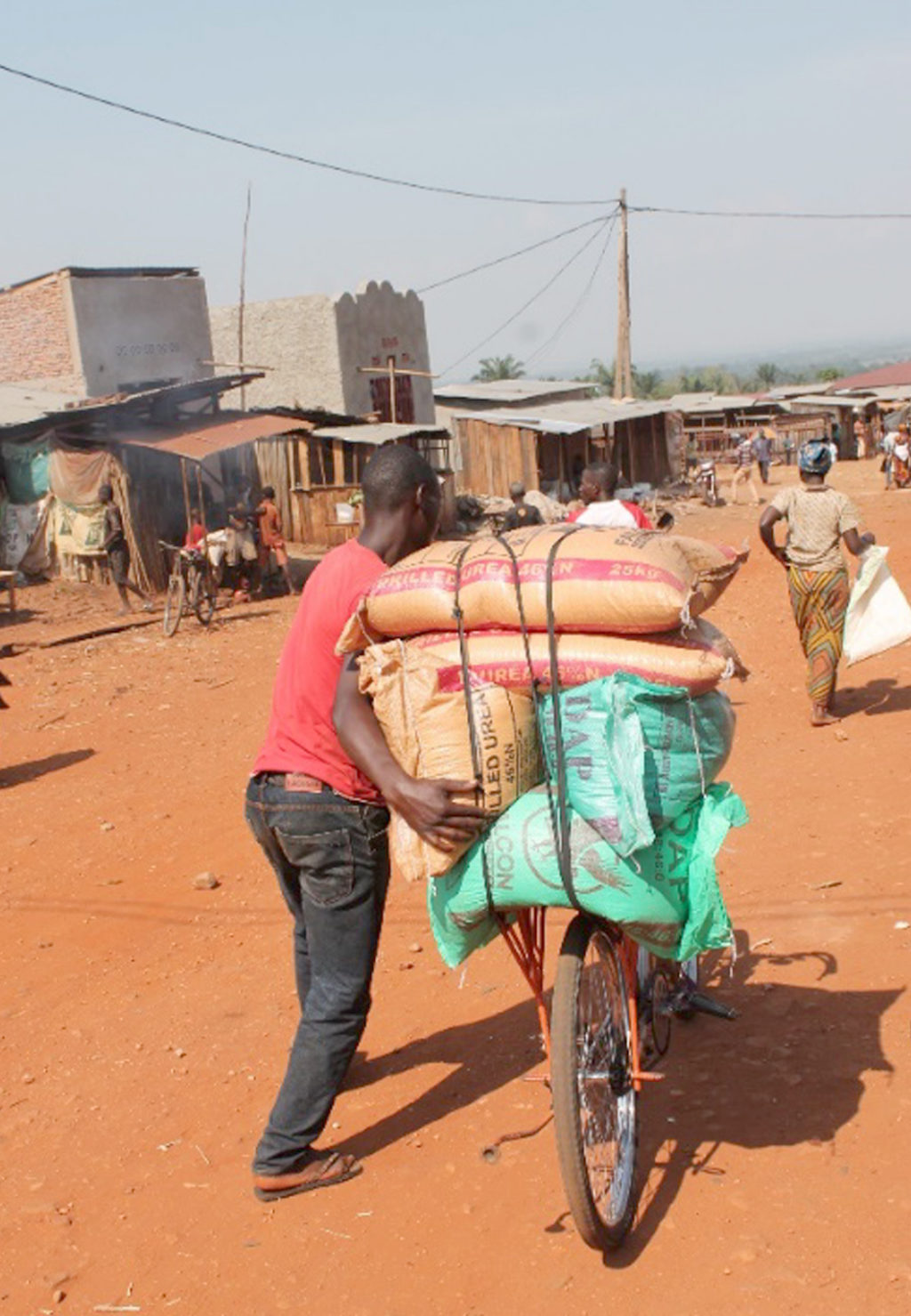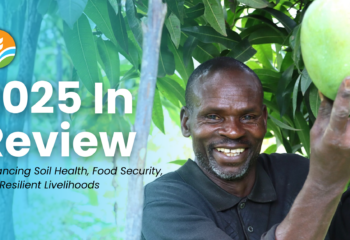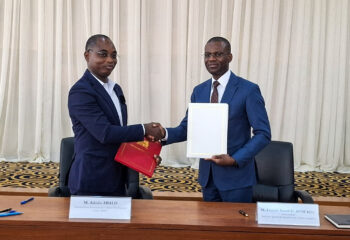
Getting fertilizer into the hands of farmers isn’t as easy as you might think.
If I need to fertilize my garden, I drive down to the co-op, swipe my debit card and load it into my car. No big deal. But for smallholder farmers in sub-Saharan Africa, well, it’s just not that easy.
It all starts in Eurasia, North America, North Africa, India and China, where huge factories churn out hundreds of millions of tons of fertilizer per year. These factories produce fertilizer for farmers all across the world.
If the fertilizer is produced outside of Africa, it is loaded onto ships that will cross thousands of miles of ocean to reach its destination. Once the port of call is reached, the fertilizer is immediately hit with a wave of fees for bagging, storage, offloading and most likely a string of tariffs, only making the fertilizer more expensive.
It doesn’t stop there, though. In Africa, caravans of trucks are loaded with fertilizer to be driven across poorly maintained and often unpaved and dangerous roads, where unfavorable weather conditions and truck breakdowns slow down shipping. Even if the journey is smooth, a new tax is stamped onto the fertilizer at each border.
Once the final destination is reached, the fertilizer is unloaded into another warehouse, where unmanaged handling and storage conditions can reduce the quality of the fertilizer. Often the warehouses are not weatherproof, so any rain can quickly turn a bag of easily flowing fertilizer into a hardened brick. Sometimes, traders have to increase costs to make up for lost product.
When a smallholder farmer gets word of the shipment, he or she travels great distances – often by foot, animal-drawn cart or bicycle – to purchase or, in the case of aid programs, pick up the fertilizer. Sometimes supplies are limited, or the fertilizer is not appropriate for the farmer’s crop. Many farmers will unknowingly buy the wrong fertilizer, but most do not have sufficient funds to purchase the recommended amount. In turn, crop yields are limited, and farm incomes are drastically decreased.
Improving agricultural policies will strengthen many of these “links.” The Abuja Declaration, which outlines pro-fertilizer policies, has led the way in helping the situation, along with the African Union’s CAADP compacts. Regional economic communities in Africa, such as ECOWAS, are encouraging trade and easing the flow of fertilizers.
But improved policies are only part of the solution. The development of both input (fertilizer) and output (crop) markets provides farmers with increased access to fertilizers. By providing a way for farmers to sell surplus crop production, they are able to purchase the correct type and amount of fertilizers. As more markets are developed, farmers across sub-Saharan Africa are experiencing greater access to fertilizers, giving them the ability to grow more food. Agro-dealers and traders also benefit, as sales increase and prices become more favorable.
Our goal is to get the right kinds of fertilizers to farmers as cheaply and efficiently as possible through the promotion of improved agricultural policies, adoption of best agronomic practices and development of agro-input and output markets. If we can achieve that, many smallholder farmers can thrive, feeding themselves, their urban neighbors and the world.
What would you do to improve this system? Tweet us @IFDCNews!




